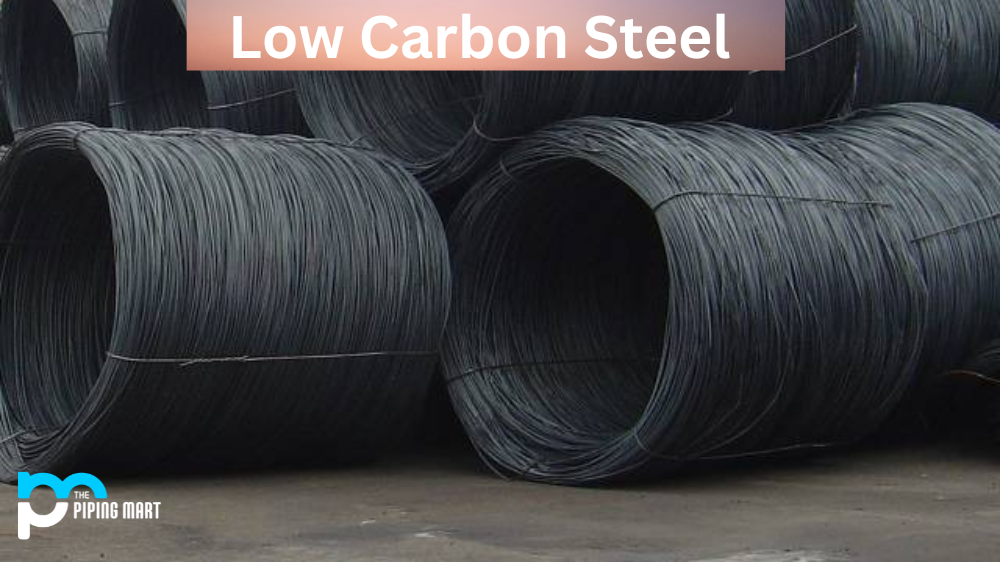Low-carbon steel (LCS) is one of the most commonly used metals in the world due to its low cost and wide range of uses. LCS is an iron-carbon alloy with a maximum carbon content of 0.3 percent. It has excellent weldability and tensile strength, making it a great choice for many manufacturing applications. However, manufacturing LCS requires special processes to ensure quality and efficiency. Let’s take a closer look at how LCS is manufactured.
Pickling Processes
The first step in manufacturing low-carbon steel is pickling. Pickling involves immersing the steel in an acid bath to remove impurities from its surfaces, such as rust or scale. This process also helps prepare the steel for further processing by creating a uniform surface that won’t trap air bubbles or other contaminants during cold rolling. It also helps protect against corrosion during storage or transport before use.
What is the pickling process?
The pickling process is a method of treating steel with an acidic solution, typically hydrochloric acid, to remove impurities such as rust or scale. The treated steel is then rinsed with water to remove the acid. Pickling is often used in conjunction with other methods, such as cold rolling, to produce a variety of steel products.
How does the pickling process work?
The pickling process works by dissolving the impurities in the steel, which are then flushed away with water. The process can be performed at room temperature or at an elevated temperature, depending on the type of impurities being removed.
What are the benefits of pickling low-carbon steel?
Pickling low-carbon steel has a number of benefits, including improved corrosion resistance, improved surface finish, and increased strength. Additionally, pickled steel has better weldability and machinability than non-pickled steel.
What are the drawbacks of pickling low-carbon steel?
There are a few drawbacks to pickling low-carbon steel, including increased costs and potential health hazards. Additionally, pickling can cause hydrogen embrittlement in some steels, which can reduce their strength and ductility.
Annealing Processes
After pickling, the next step in producing low-carbon steel is annealing, which increases softness and reduces the hardness of the metal. Annealing involves heating the metal to high temperatures—around 1600 degrees Fahrenheit—and then allowing it to cool slowly over time. This process helps reduce stress on the metal while increasing its ductility and malleability so that it can be rolled into different shapes without cracking or breaking.
- The first step in the annealing process is to heat the steel to its critical temperature.
- The critical temperature is the temperature at which the steel’s microstructure changes from ferrite and pearlite to austenite.
- Once the steel has reached its critical temperature, it is held at that temperature for a period of time to allow the transformation to occur.
- After the transformation has occurred, the steel is slowly cooled to room temperature.
- The final step in the annealing process is to reheat the steel to a lower temperature to relieve any stresses that may have been induced during cooling.
Conclusion:
Low-carbon steel offers many benefits for manufacturers due to its affordability and versatility in use for many applications, but these advantages only come about through careful manufacturing processes like pickling and annealing. By following these steps correctly, you can ensure that your LCS products are produced with maximum quality and efficiency—while keeping costs low! With proper care when producing low-carbon steel products, you will be able to maintain high standards while minimizing waste—a win-win combination for any manufacturer!

Pipingmart is B2B portal specializes in industrial, metal and piping products. Also, share latest information and news related to products, materials and different types grades to help business dealing in this industry.




